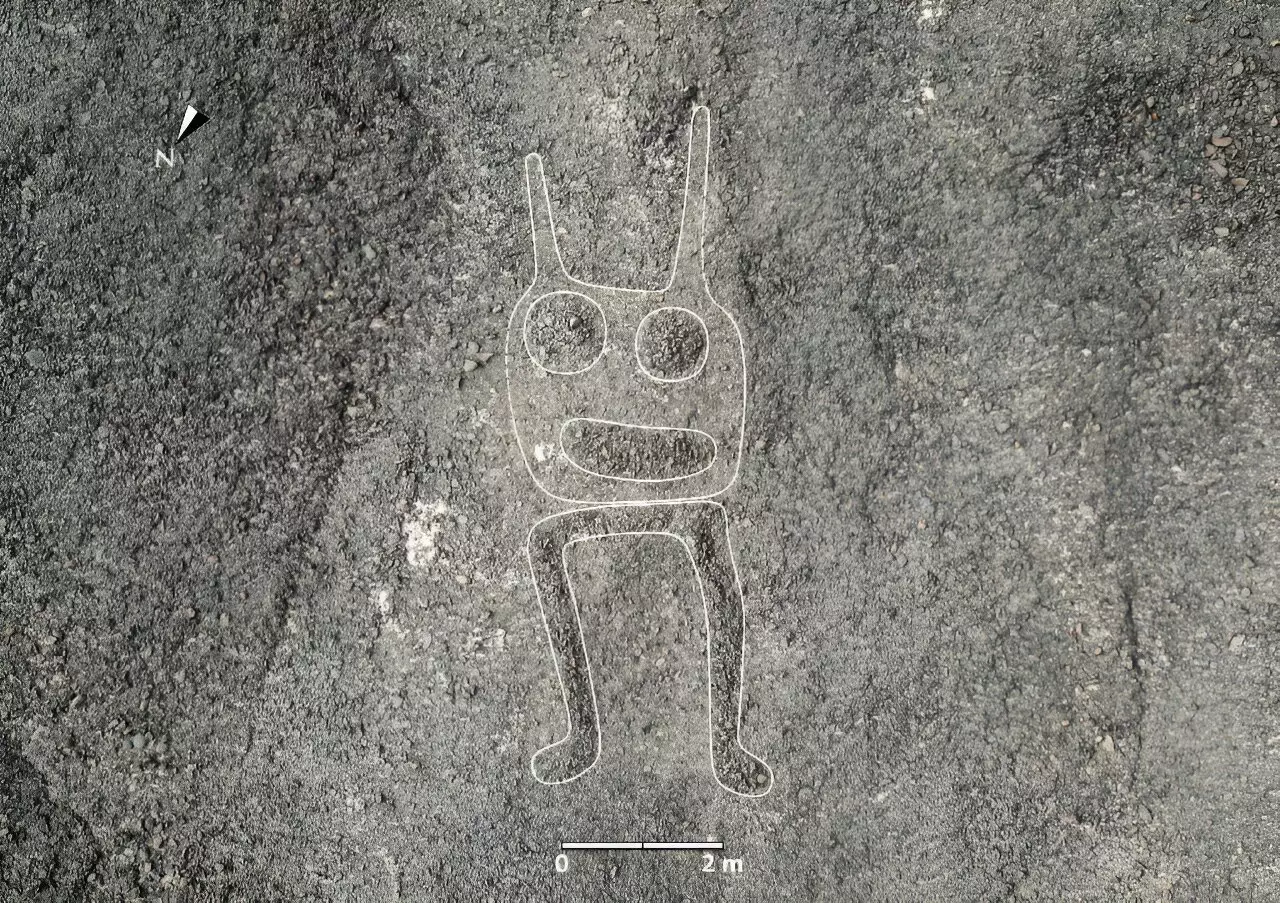In a groundbreaking development, Japanese researchers have harnessed the power of artificial intelligence (AI) to enhance our understanding of the mysterious Nazca Lines in Peru. This innovative approach has led to the discovery of 303 new geoglyphs, effectively doubling the previously known count. For centuries, these enormous etched designs—representing various animals, plants, and geometric shapes—have captured the imagination of archaeologists and travelers alike. Located approximately 220 miles south of Lima, the Nazca Lines remain one of Peru’s most iconic tourist attractions, best appreciated from above.
Previously, archaeologists relied on manual techniques to identify the ancient geoglyphs, often using high-resolution aerial images to visually scan the vast stretch of the Nazca desert. This conventional method, although effective, was laborious and prone to mistakes. Masato Sakai, an archaeologist from Yamagata University, highlighted the efficiency of AI in this recent discovery. By collaborating with IBM’s research division, the team significantly reduced the time needed to locate these ancient artworks. Sakai remarked, “The use of AI in research has allowed us to map the distribution of geoglyphs in a faster and more precise way,” showcasing how technology can revolutionize established scientific practices.
The results of this research are staggering. Historically, it took nearly a century to identify 430 geoglyphs using traditional methods, yet, with the application of AI, the team uncovered 303 additional designs within just six months of field surveys. This remarkable leap in discovery underlines the potential of AI to expedite archaeological research, particularly in familiar areas where previous discoveries had plateaued. Notably, the AI model excelled in detecting smaller geoglyphs that are often overlooked by the human eye, marking a significant advancement in the field.
The origins and purpose of these geoglyphs remain enigmatic. Created by the Nazca civilization, active from 200 BC to 700 AD in southwestern Peru, these ancient designs are believed to hold religious or astronomical significance. What could possibly compel an entire civilization to create such monumental artworks remains uncertain. The introduction of these new figures—ranging from large representations of wildlife to smaller motifs depicting abstract humanoids and domesticated camelids—adds layers to our understanding of the Nazca people and their cultural expressions.
The implications of this study reach far beyond the Nazca Lines. As archaeologists increasingly adopt AI and machine learning technologies, the landscape of archaeology is set to evolve. The publication of this research in the Proceedings of the National Academy of Sciences (PNAS) emphasizes the growing need for interdisciplinary collaboration in advancing science. The Nazca Lines, recognized as a UNESCO World Heritage site, continue to beckon researchers and enthusiasts alike, promising that the secrets of the past are still waiting to be uncovered, one algorithm at a time.
The fusion of technology and archaeology presents an exciting frontier, transforming how we explore human history and the mysteries that coexist with it. The Nazca Lines, with their newfound revelations, remind us that there is always more beneath the surface, waiting for the tools of tomorrow to unearth it.

